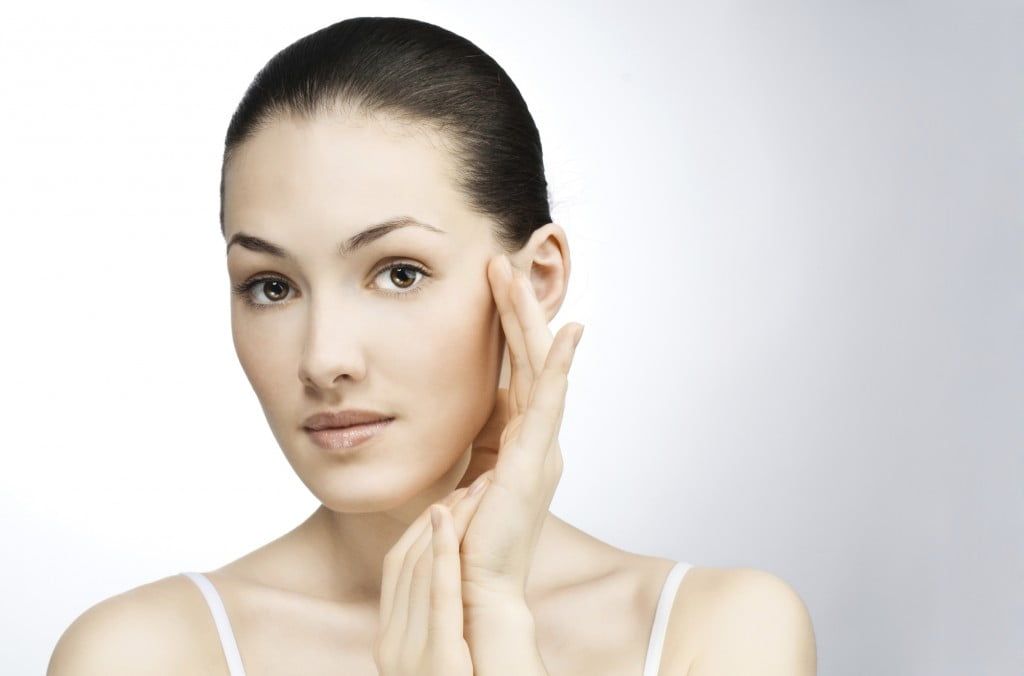
April 24, 2015
If you’re curious about cosmetic lasers, you’re not alone; many of our patients are drawn to lasers’ noticeable results and short downtime. The American Academy of Facial Plastic and Reconstructive Surgery predicts that lasers will see a surge in popularity in 2015 and interest is growing all the time. Read on for a brief history of lasers, the best treatments currently available, and a newer use for lasers that you might not know about.
How Have Lasers Evolved?
Lasers use high-energy, focused beams of light and are used primarily to treat skin conditions. Laser technology itself is not new in cosmetic surgery, but it has improved dramatically over the years.
The first carbon dioxide (CO2) laser came to market in the mid-1960s, and was soon adapted for cosmetic use. These early lasers used selective photothermolysis to target specific tissues with a specialized wavelength of light. It targeted damaged skin cells on the surface of the skin and reduced wrinkles around the lips and face. This technique evolved and remained the “gold standard” through the late ‘90s.
Erbium lasers were later developed to reduce downtime. This technique had higher water absorption abilities, and was considered a superior laser at the time. However, side effects such as hypopigmentation were more prevalent than researchers anticipated, causing erbium lasers to fall out of favor.
Fractional CO2 Lasers For Precise Results
Not long after the introduction of the first fractional laser in 2004, experts called it the anti-aging breakthrough of the decade. Fractional CO2 lasers offer many of the benefits of previous laser technologies, but with fewer side effects and significantly less downtime. It uses tiny beams of light to create miniscule holes in the skin. This boosts natural collagen production without significant damage to the top layer of skin.
Dr. Buford offers fractional CO2 laser treatment because it provides the best results for patients. If you’re interested in trying lasers to reduce lines and wrinkles, fractional CO2 lasers are an excellent option.
Have a Scar You Hate? Consider Laser Scar Remodeling
If you are concerned about facial scars, laser scar remodeling can significantly improve their appearance. Lasers are especially effective in reducing acne scarring. Laser scar remodeling creates zones of thermal damage to improve collagen production. These microinjuries prompt the body to create more collagen, which reduces the appearance of scars. Downtime is minimal and patients can return to normal activities within just a few days.
How Can I Learn More About Lasers?
Laser skin resurfacing and laser scar remodeling are two of the most effective treatments available. If you have questions about lasers and how they might help you enjoy smoother, more youthful skin, Dr. Buford can give you all the information you need at a personalized consultation.







